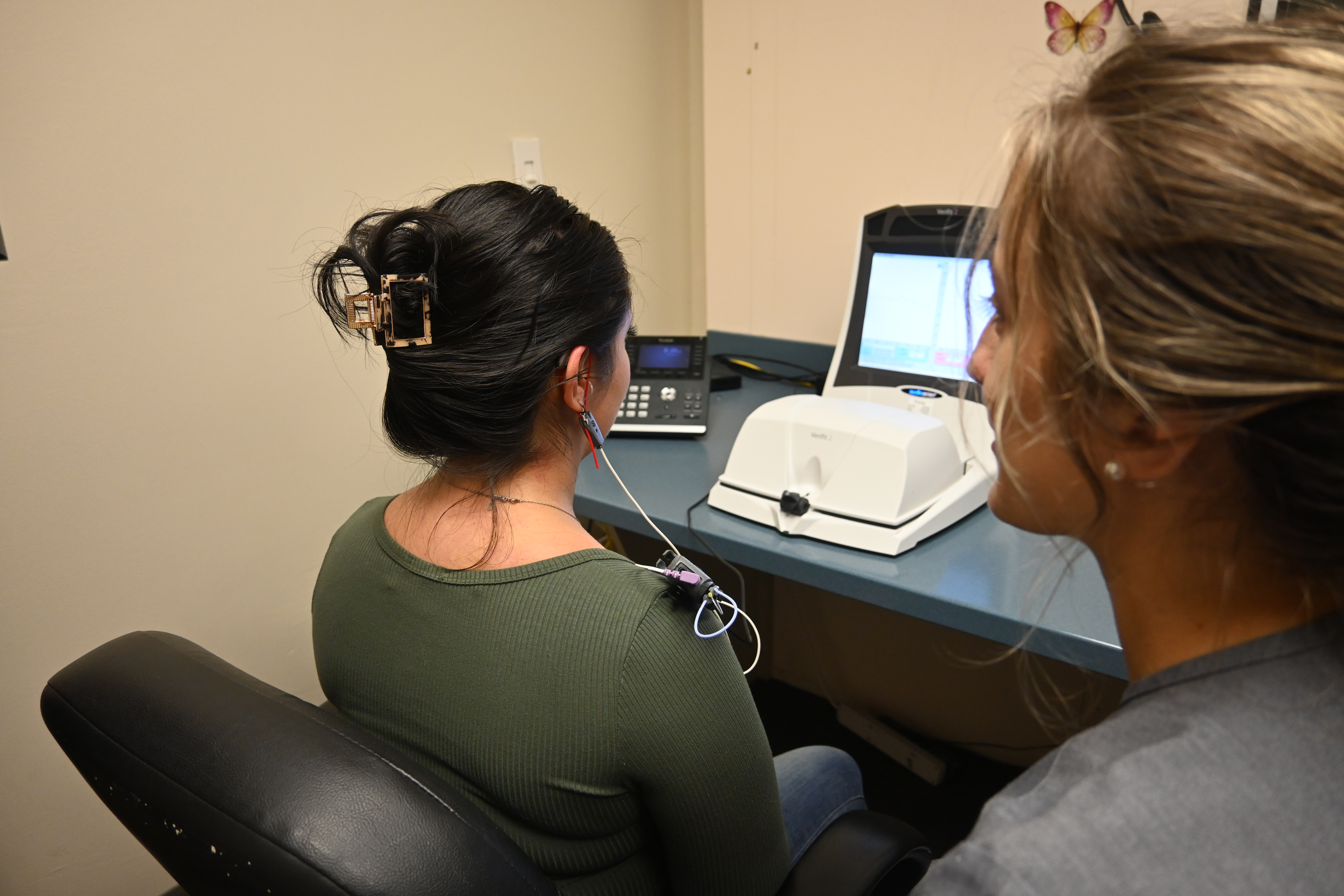How to Safely Enjoy Music
Music is a universal language that enriches our lives in countless ways, from providing relaxation and inspiration to fostering connection and joy. However, amidst the pleasure of music lies a responsibility to protect one of our important senses: hearing. The use of headphones to listen to music has been reported as one of the most common noisy activities among youth, in a number of research studies.
While music has the power to uplift and inspire, prolonged exposure to loud sounds can have harmful effects on our hearing health. According to the American Speech-Language-Hearing Association (ASHA), noise-induced hearing loss (NIHL) occurs when exposure to loud sounds damages the delicate hair cells in the inner ear, leading to permanent hearing damage.
 Exposure to those sounds such as listening to a concert can last a long time. The World Health Organization (WHO) warns exposure to sound levels above 85 decibels (dB) for more than eight hours per day can increase the risk of NIHL. Many music venues and concerts exceed this level, putting attendees at risk of hearing damage if proper precautions are not taken.
Exposure to those sounds such as listening to a concert can last a long time. The World Health Organization (WHO) warns exposure to sound levels above 85 decibels (dB) for more than eight hours per day can increase the risk of NIHL. Many music venues and concerts exceed this level, putting attendees at risk of hearing damage if proper precautions are not taken.
To enjoy music while safeguarding your hearing health, consider implementing the following tips:
- Use hearing protection: When attending concerts or events with loud music, wear earplugs or earmuffs designed to reduce noise exposure. These devices help attenuate or reduce the sound without compromising the music quality.
- Follow the 60/60 rule: When using headphones or earbuds, listen at no more than 60% of the maximum volume for no more than 60 minutes at a time. Taking regular breaks allows your ears to rest and recover from noise exposure.
- Choose noise-canceling headphones: Invest in quality headphones that offer noise-canceling features. These headphones block out external noise, allowing you to listen at lower volumes without the need to drown out background sounds.
- Keep the volume moderate: Whether listening through headphones, speakers, or at concerts, adjust the volume to a level that allows you to hear the music clearly without it being uncomfortably loud. Avoid turning up the volume to compete with background noise.
- Monitor exposure time: Be mindful of your cumulative exposure to loud sounds throughout the day. The National Institute for Occupational Safety and Health (NIOSH) recommends that safe listening time is cut in half for every three dB increase in noise level over 85 dBA. For example, if the noise level is at 85 dBA, the safe listening time is no more than eight hours per day. However, if the noise level is at 88 dBA, the safe listening time is now reduced to no more than four hours per day. Limit time spent in noisy environments and take breaks to give your ears a rest.
By following these practical tips for safe listening, you can continue to enjoy the beauty of music while safeguarding your precious sense of hearing for years to come. At the Pennsylvania Ear Institute, faculty and students can offer a comprehensive array of services related to the evaluation, rehabilitation and prevention of hearing loss. For more information or to book an appointment, call 215.780.3180 or visit here.